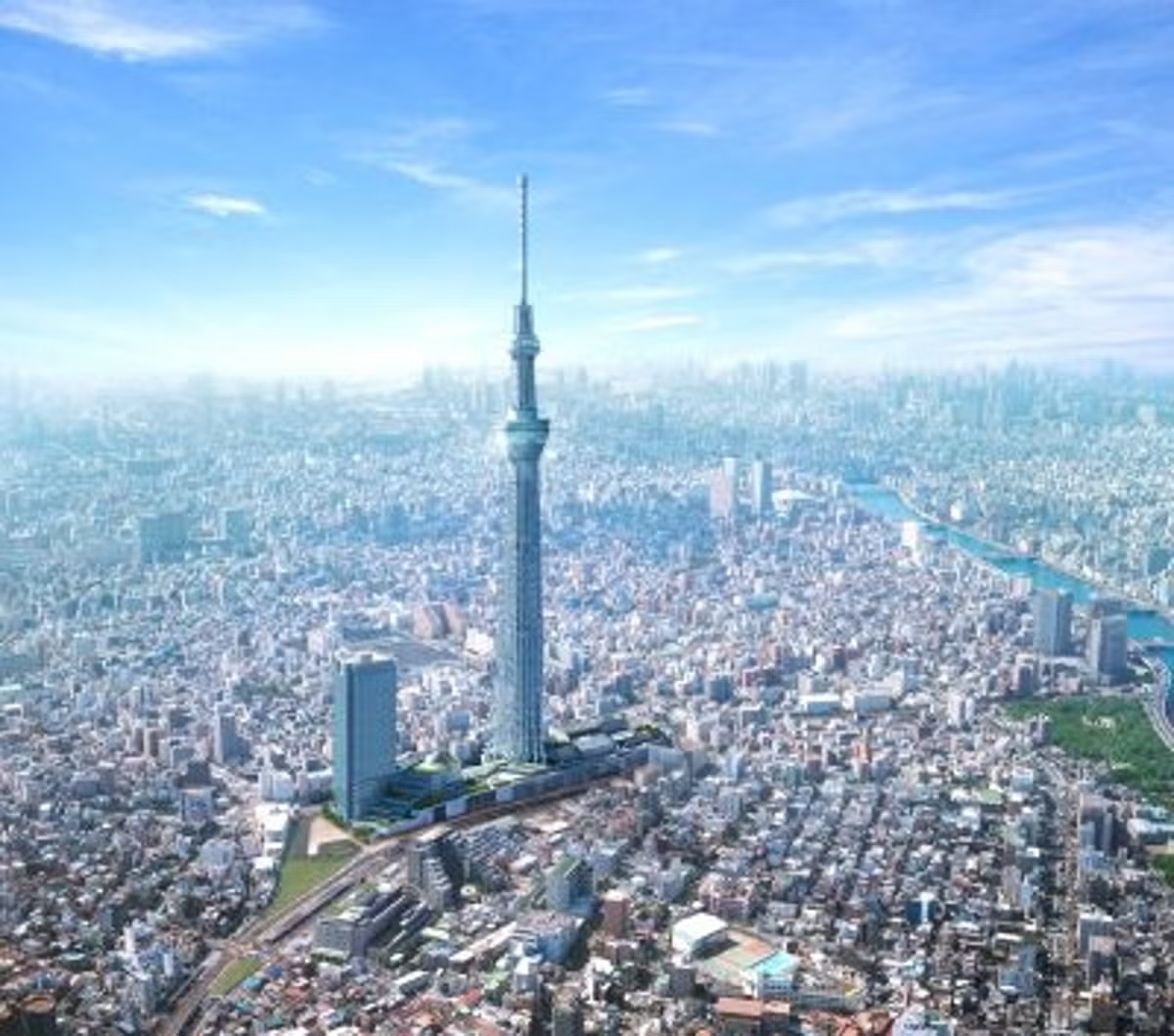Mount Colima, also known as Volcán de Colima or Volcán de Fuego, towers over the Mexican landscape as one of the country’s most iconic and active volcanoes. With its rugged beauty, rich biodiversity, and volcanic activity, Mount Colima draws adventurers, scientists, and nature enthusiasts alike. In this article, we’ll embark on a journey to discover the allure of Mount Colima, exploring its geological features, ecological significance, cultural heritage, and the challenges it poses to nearby communities.

Geological Formation:
Mount Colima is a stratovolcano located in the western Mexican state of Colima, near the border with Jalisco. It is part of the Trans-Mexican Volcanic Belt, a chain of volcanoes that extends across central and southern Mexico. The volcano is characterized by its conical shape, steep slopes, and frequent eruptions, which have shaped the surrounding landscape over thousands of years.
Ecological Diversity:
Despite its volcanic nature, Mount Colima supports a diverse array of plant and animal life, thanks to its varied climate and elevation. The lower slopes are covered in lush tropical forests, home to species such as orchids, bromeliads, and howler monkeys. As elevation increases, the vegetation transitions to pine and oak forests, providing habitat for deer, jaguars, and a variety of bird species.
Cultural Significance:
Mount Colima holds cultural significance for the indigenous peoples of the region, who have lived in its shadow for centuries. The volcano is considered sacred by some indigenous groups, who believe it to be the dwelling place of deities or spirits. Ceremonies, rituals, and festivals are held to honor the volcano and seek protection from its potential dangers.
Volcanic Activity:
Mount Colima is one of Mexico’s most active volcanoes, with a history of frequent eruptions dating back thousands of years. Its most recent major eruption occurred in 1913, but it has since exhibited periodic activity, including ash emissions, lava flows, and pyroclastic flows. The volcano’s activity poses risks to nearby communities, including lahars, landslides, and ashfall, requiring constant monitoring and preparedness measures.

Tourism and Recreation:
Despite the risks associated with its volcanic activity, Mount Colima attracts tourists and adventurers seeking to explore its rugged terrain and witness its natural beauty. Hiking trails, scenic viewpoints, and guided tours offer opportunities to experience the volcano up close, while nearby towns provide amenities and accommodations for visitors.
Challenges and Concerns:
Mount Colima’s volcanic activity presents challenges for nearby communities, including the risk of lahars, landslides, and ashfall, as well as the potential for property damage and loss of life. Effective emergency preparedness, evacuation plans, and public education are essential to mitigating these risks and ensuring the safety of local residents and visitors.
In conclusion, Mount Colima is a symbol of Mexico’s geological and cultural heritage, drawing visitors with its natural beauty, ecological diversity, and volcanic activity. While the volcano presents challenges and risks to nearby communities, it also offers opportunities for exploration, adventure, and scientific study. By balancing conservation efforts, tourism management, and disaster preparedness, we can ensure that Mount Colima continues to inspire awe and wonder for generations to come.
Exploring the Pros and Cons of Mount Colima
Mount Colima, a majestic and active volcano located in the western Mexican state of Colima, presents a captivating blend of natural beauty, ecological significance, and geological activity. However, like any linetogel volcanic region, Mount Colima has its own set of advantages and disadvantages. In this article, we’ll delve into the strengths and weaknesses of this iconic natural wonder, providing insights into its allure, risks, and impact on nearby communities.

Advantages of Mount Colima:
- Natural Beauty: Mount Colima boasts stunning landscapes, from lush tropical forests on its lower slopes to rugged volcanic terrain near its summit. Its scenic beauty attracts tourists, photographers, and nature enthusiasts from around the world, providing opportunities for hiking, photography, and outdoor adventure.
- Ecological Diversity: Despite its volcanic nature, Mount Colima supports a diverse array of plant and animal life, thanks to its varied climate and elevation. The volcano’s forests provide habitat for a wide range of species, including endemic plants, mammals, birds, and insects, contributing to the region’s biodiversity and ecological richness.
- Geological Significance: As an active volcano, Mount Colima offers scientists and researchers valuable insights into volcanic processes, geological formations, and the Earth’s inner workings. Studies of the volcano’s activity help improve understanding of volcanic hazards, eruption forecasting, and disaster preparedness, benefiting nearby communities and beyond.
- Cultural Heritage: Mount Colima holds cultural significance for the indigenous peoples of the region, who have lived in its shadow for centuries. The volcano is revered as a sacred site, associated with myths, legends, and spiritual beliefs that are passed down through generations. Ceremonies, rituals, and festivals are held to honor the volcano and seek protection from its potential dangers.
Disadvantages of Mount Colima:
- Volcanic Hazards: Mount Colima’s status as an active volcano poses risks to nearby communities, including the potential for eruptions, lava flows, lahars, landslides, and ashfall. These hazards can result in property damage, loss of life, and disruption of livelihoods, requiring constant monitoring and preparedness measures to ensure the safety of residents and visitors.
- Environmental Impact: The volcanic activity of Mount Colima can have significant environmental impacts, including habitat destruction, soil erosion, and air and water pollution. Ashfall from eruptions can smother vegetation and contaminate water sources, while volcanic gases can harm plant and animal life and contribute to air quality issues.
- Tourism Management: While tourism provides economic benefits to the region, it also presents challenges in terms of infrastructure development, waste management, and visitor safety. Overcrowding, littering, and irresponsible behavior can degrade the natural environment and detract from the visitor experience, highlighting the need for sustainable tourism practices and responsible travel behavior.
- Community Vulnerability: Nearby communities are vulnerable to the impacts of Mount Colima’s volcanic activity, including the risk of displacement, economic hardship, and social disruption. Adequate emergency preparedness, evacuation plans, and community resilience measures are essential to minimizing the impacts of volcanic hazards and ensuring the well-being of residents.
Conclusion:
In conclusion, Mount Colima offers a fascinating blend of natural beauty, ecological diversity, and geological activity, but it also presents risks and challenges to nearby communities and the environment. By addressing these challenges through effective management, scientific research, and community engagement, we can maximize the benefits of Mount Colima’s natural resources while minimizing its negative impacts, ensuring a sustainable future for both people and nature in this dynamic volcanic landscape.
Read More Article About “Vitamin C Essentials: Harness the Power of Nature’s Potent Health Booster“



